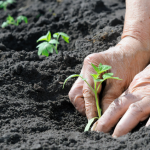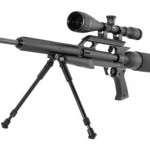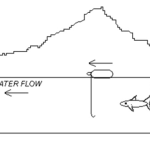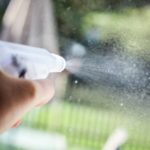Diversity is Everything
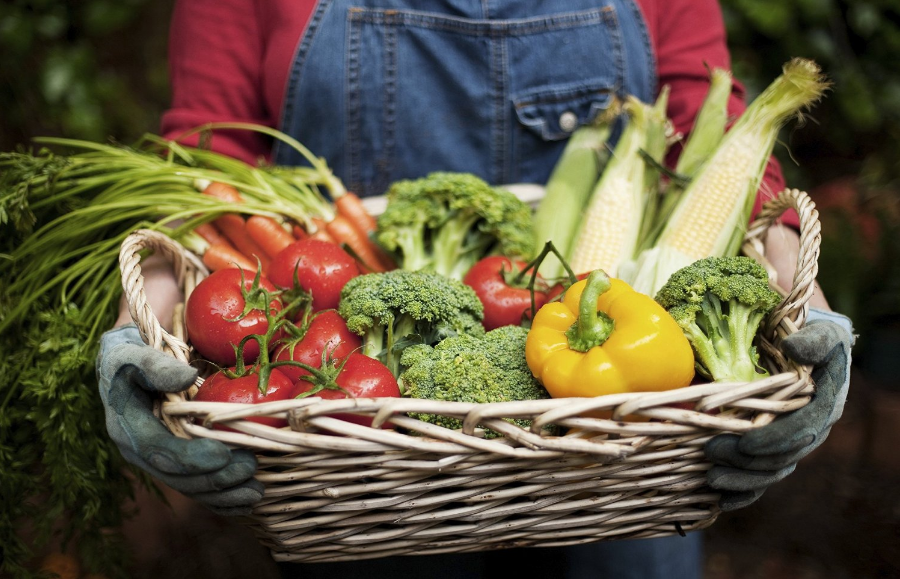
One of the biggest threats to the global food supply is a lack of seed diversity. Too many crops are being grown at the same time, which makes them vulnerable to a wide array of threats. Drought, flood, fires, insect infestations or destruction from microbes are just a few examples. All it takes is one bad event to decimate an entire crop, and this is becoming a greater threat than ever as more and more farms are using the same seeds.
Diversifying seeds gives you the chance to plant different varieties of a particular crop and avoid these pitfalls. Choose seeds that do better in extreme weather conditions or ones that are resistant to a particular pest that is infesting your area. This will require a little bit of research, but it is worth it in order add a strong layer of additional security for your food supply.
Know What You Are Growing
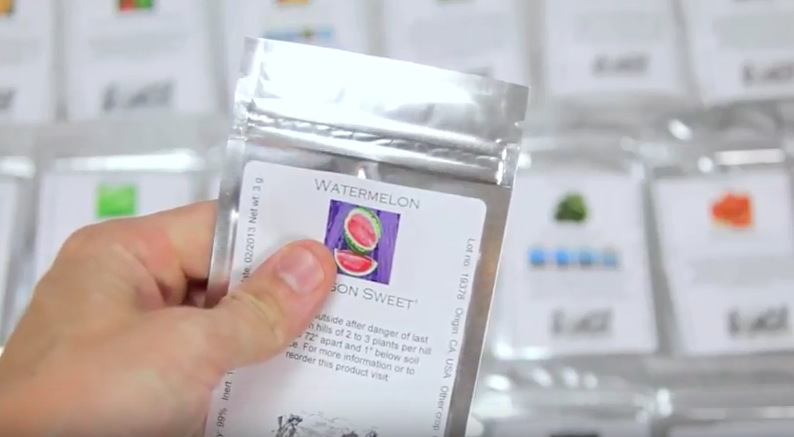
There are countless varieties of seeds to choose from, and they all produce different crops. You want to choose seeds that thrive in your local climate, or in the environment where you may be bugging out and setting up camp. You want seeds that will produce crops that are within your ability to grow based on soil conditions, length of growing season and availability of water. You want seeds that will produce enough food to make your efforts worthwhile and sustainable. Take time to research different varieties, and choose those that will work best for your needs and circumstances.
Test Before Storing
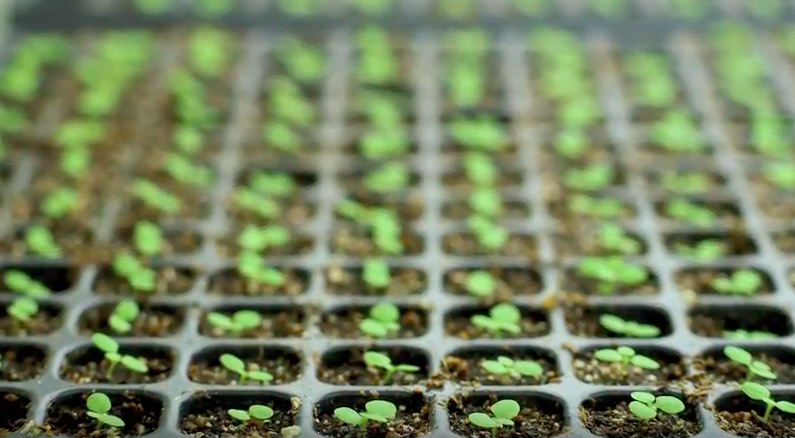
Take a long-view in terms of establishing a seed vault. Start by planting test batches under different conditions to evaluate their compatibility with your needs. You want to choose ones that will be the easiest to manage, produce the most amount of food and contain the highest level of nutrients. As we get deeper into the era of genetically-modified seeds, it is also important that you evaluate whether or not using them is in your best interests. There are strong arguments on both sides of the issue that you need to take into consideration.
One example is that many seed products are designed to die off after harvest, which means that you can’t get new seeds out of a crop that you’ve just grown. This limits your ability to replenish supplies after a few growing seasons. Other seeds have a short shelf-life, and if you don’t plant them in a timely manner, they can die. Others are more susceptible to infestation from insects or microorganisms and require special storage. All of these factors contribute to whether or not a particular stock of seeds is worth keeping in your vault.
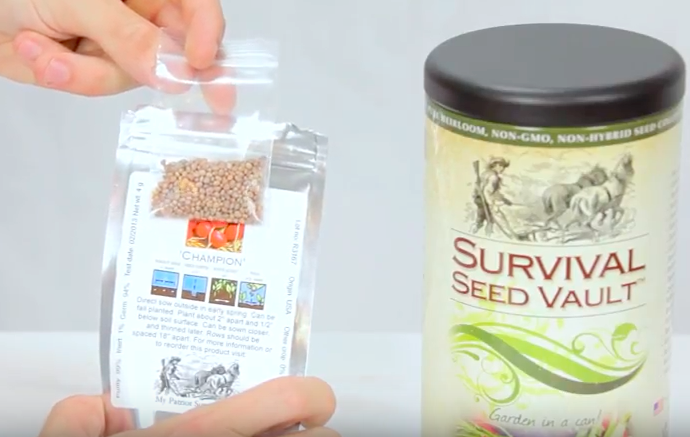
Finally, make sure that you are following proper storage guidelines. The last thing you need is to retrieve a particular variety of vegetable that you need to grow, only to find out that the seeds are useless because they were not properly stored.
A seed vault can be as easy or as complicated as you wish. However, you definitely need to invest some time and energy into researching and testing different varieties before staking your future on what you stock up on. Learn more about the benefits of having a seed vault, and see how creating the right one can give you a huge advantage in terms of providing you with long-term food security. Building a stockpile is easier than it sounds as long as you do your homework and prepare accordingly.
More Articles From This SIte
Pages:
- 1
- 2




